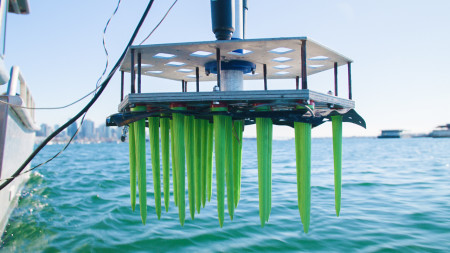Directly combatting COVID-19 and dealing with the unintended consequences of the mitigating actions has presented us with the realization that too many products, assemblies, subassemblies and parts critical to our existence and national security are no longer produced and supplied from within the United States.
We are too dependent upon foreign supply chains to produce what we need to protect and take care of ourselves.
In most instances, the gradual outsourcing and foreign sourcing of products, assemblies, parts, and services occurred over years, if not decades. This problem, which has been 70+ years in the making, is the direct result of our idea that competing on the basis of the lowest cost (and minimally compliant) is not the best solution.
While it won’t take long to redress the issue, there is more to do than just ‘reversing the streams.’ Because more than just the parts themselves left the United States supply chain in search of cheap labor.
For example, either access to the existing equipment or acquisition of new capital has to be available to start the new supply chain. Intellectual property and know-how to manufacture at the new production location is required, as well.
As the foreign source of supply and quantity increased over time, the foreign source accrued the manufacturing efficiencies, learning, and knowledge to their benefit. We need to overcome the lost learning and capture competitiveness with American technology.
Second, re-establishing a supply chain and production capacity requires a unique skill set and a project management expertise to deal with a time-dependent and multi-variate problem similar to a new product development itself. Much in the same fashion as any time-dependent learning: If you haven’t done something like this before, go watch someone who has before attempting it yourself.
There are four (4) critical supply chain lessons to be learned, analyzed and applied for the future.
Lesson 1: Bottlenecks. If you didn’t make arrangements to pull out from a foreign source ahead of a crisis, you will not be out or in control. You will be “running in place” because you are trying to get something done while the rest of the world is trying to do the same thing.
Lesson 2: You can’t shut off the old source until the new source is up and running effectively and proven to yield correct quality and volume. You don’t know what you think you know. But they do.
Lesson 3: Your foreign source is not going to be thrilled to learn you’re planning on moving it. Anything you do or say will signal that, and they will throw logs in your path.
Lesson 4: You have to do it well enough to (eventually) make an economic profit, or else you will be constantly searching for enabling subsidies. Outside of a crisis, customers will always demand the lowest cost solutions.
We can help your business with all these issues – right now.
Stirling Operations has extensive and comprehensive expertise to train and support your executive team for the “new normal” and the next big crisis or disruption. Our accumulated experiences include New Product Development, Distribution and Logistics, Contractual Supply Chain development and modernization, Customer and Employee Retention, Financing, and ultimately profitable supply of mission critical items and activities.
Contact us at Info@StirlingAngeli.com – we’ll talk about where you are, your needs, and how we can support you. All conversations are confidential.


